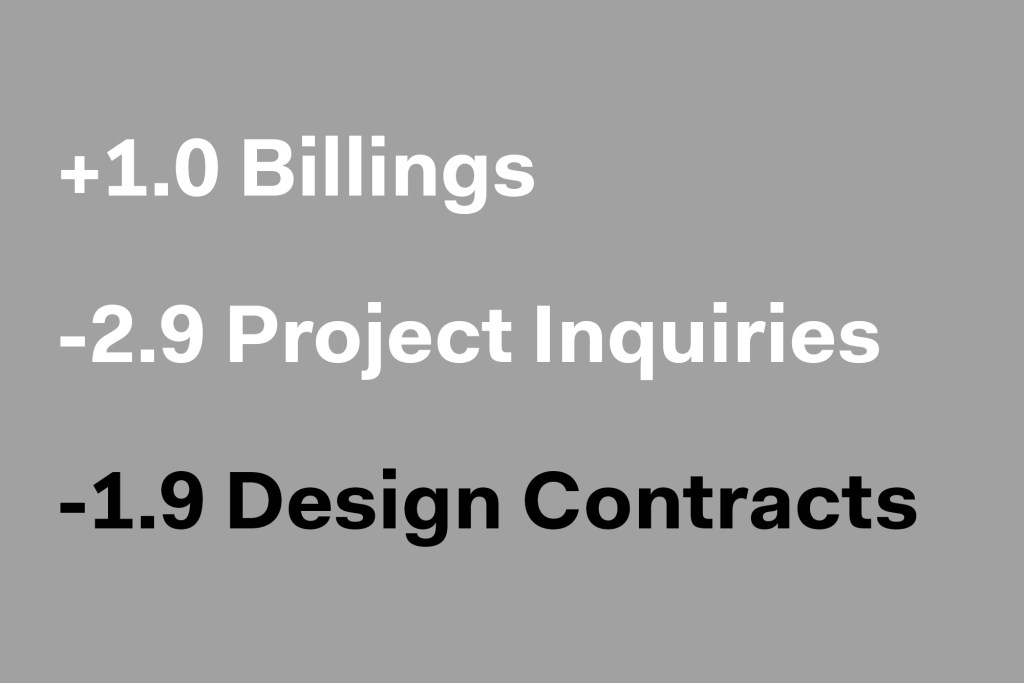For the second consecutive month, AIA’s monthly Architecture Billings Index strengthened in September, coming in at 56.6, which is 1.0 point higher than August’s ABI of 55.6. The ABI is a leading economic indicator of construction activity in the U.S. and reflects a nine- to 12-month lead time between architecture billings and construction spending nationally, regionally, and by project type. A score above 50 represents an increase in billings from the previous month, while a score below 50 represents a contraction.
Although design contracts and new project inquiries remained in positive territory, both scores moderated slightly in September from August. Design contracts came in 54.7, falling 1.9 points from the August score of 56.6, and new project inquiries scored 61.8, falling 2.9 points from August’s score of 64.7. “The ABI scores over the last eight months continue to be among the highest ever seen in the immediate post-recession periods that have been captured throughout the index’s history,” said AIA chief economist, Kermit Baker, Hon. AIA, in a press release from AIA. “Backlogs at architecture firms reached a new high since we started collecting the data on a quarterly basis in late 2010, now averaging 6.6 months.”
The month-to-month change in scores for regional billings—which, unlike the national score, are calculated as three-month moving averages—remained in positive territory in September, although two of the four regional billing scores lost ground. Billings in the Midwest increased 2.5 points to a score of 57.7, while billings in the West fell 1.2 points to a score of 56.0. Billings in the South increased 4.5 points to a score of 57.0, and billings in the Northeast decreased 0.2 point to a score of 51.5.
Sector billings scores also remained in positive territory, with three of the four sectors scores increasing from their August values. The commercial/industrial sector rose 3.4 points to a score of 58.1; the institutional sector decreased 0.9 point to a score of 53.5. The multifamily residential score rose 1.8 points to a score of 56.1 and the mixed practice sector rose 2.8 points to a score of 58.8. Like the regional billings scores, sector billings scores are also calculated as three-month moving averages.
